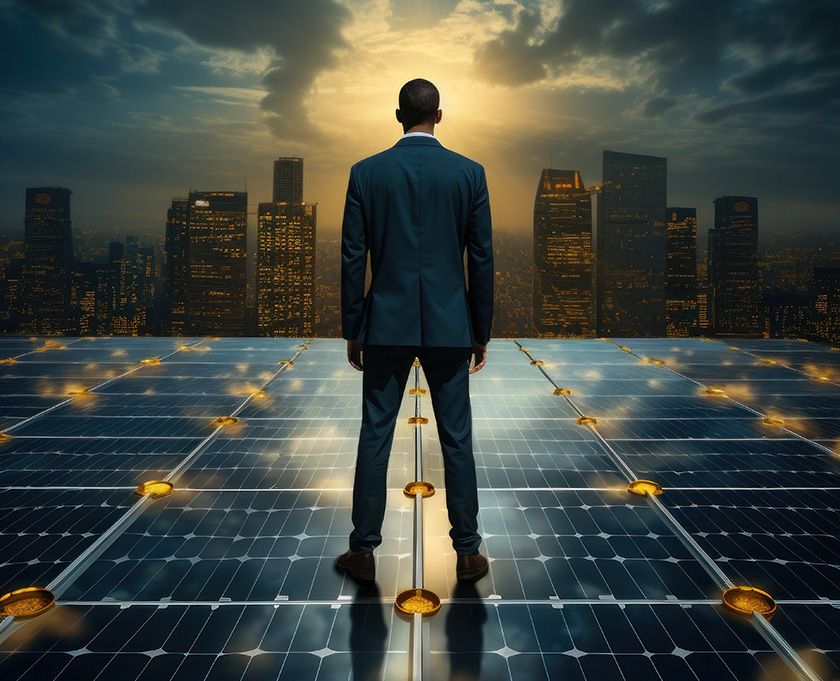Beautiful Plants For Your Interior

As we peer into the crystal ball of technological advancement and environmental consciousness, the trajectory of solar energy over the next 50 years promises a transformative journey toward a cleaner, more sustainable world. Let’s paint a vivid picture of what solar power might look like in the year 2073.
1. Unprecedented Efficiency: Quantum Leap in Solar Panel Technology
In the quest for efficiency, solar panels of the future will likely be a marvel of quantum engineering. Nanotechnology breakthroughs and innovations in materials science will pave the way for ultra-thin, flexible, and highly efficient solar cells. Imagine entire buildings, vehicles, and even clothing seamlessly integrated with solar-capturing surfaces, turning the world into a vast, energy-harvesting landscape.
2. Decentralized Energy Grids: Empowering Localized Energy Independence
The centralized energy grid model will give way to decentralized, community-driven power networks. Smart grids, powered by artificial intelligence, will manage the flow of energy from diverse renewable sources, with solar playing a central role. Communities will not only generate their own solar power but also share surplus energy seamlessly, fostering a collective and sustainable approach to energy distribution.
3. Space-Based Solar Power: Harvesting the Sun’s Energy Beyond Our Atmosphere
One of the most revolutionary concepts on the horizon is space-based solar power. Orbiting solar collectors will capture sunlight unfiltered by the Earth’s atmosphere, converting it into electricity before beaming it down to receiving stations on the planet’s surface. This innovation has the potential to provide continuous, uninterrupted power, transcending the limitations imposed by weather conditions and nighttime.
4. Energy Storage Evolution: Beyond Batteries
Advancements in energy storage will redefine the capabilities of solar power systems. Novel technologies, such as supercapacitors and advanced flow batteries, will complement traditional lithium-ion batteries. These storage solutions will offer unprecedented capacity, faster charging times, and longer lifespans, making intermittent energy sources like solar even more reliable.
5. Solar-Powered Transportation: From Roads to Skies
Solar-powered transportation will become the norm, with roadways embedded with solar cells to charge electric vehicles as they drive. Air travel will see solar-powered planes harnessing the sun’s energy during flight, reducing reliance on traditional fuel sources and decreasing the environmental impact of aviation.
6. Green Hydrogen Production: Solar as the Catalyst for Clean Fuels
Solar energy will be a key player in the production of green hydrogen, a clean fuel derived from water electrolysis using renewable energy. Large-scale solar farms will power electrolysis plants, producing hydrogen for various applications, from industrial processes to fueling hydrogen-powered vehicles.
7. Enhanced Integration with Nature: Bio-Integrated Solar Solutions
In a harmonious blend of technology and nature, bio-integrated solar solutions will emerge. Solar panels inspired by natural processes, such as photosynthesis, will seamlessly integrate with the environment, providing sustainable energy while preserving biodiversity. Imagine solar canopies mimicking the structure of leaves, capturing sunlight and generating power in an eco-friendly manner.
In the solar-powered world of 2073, the sun will not only be a source of light but the driving force behind a global shift towards clean, abundant, and accessible energy. The convergence of technological breakthroughs and a collective commitment to sustainability will propel solar energy into the forefront of a brighter, greener, and more resilient future for generations to come.
